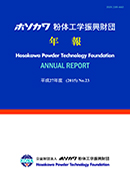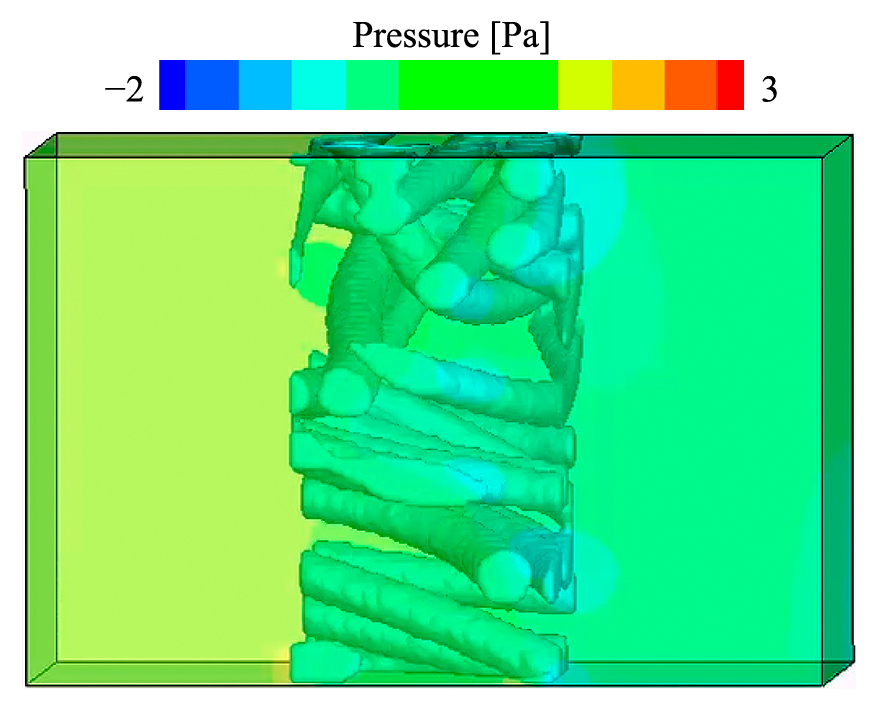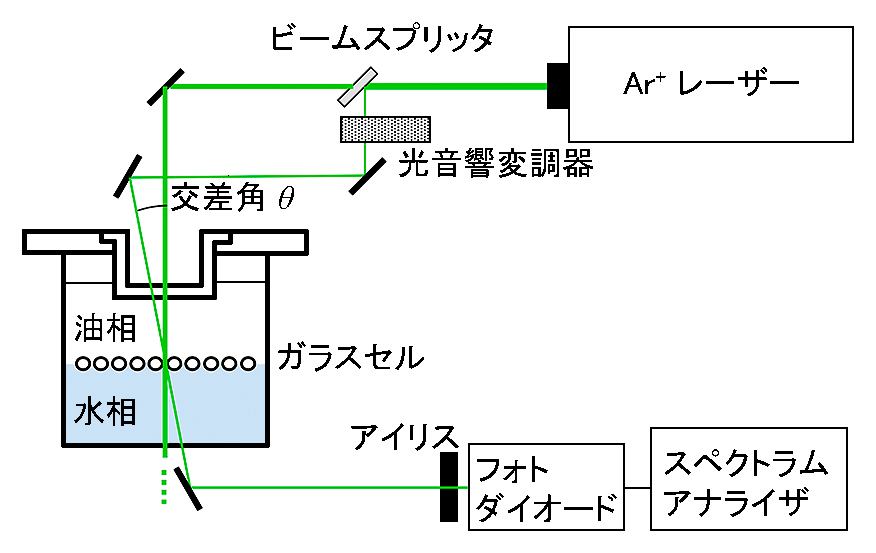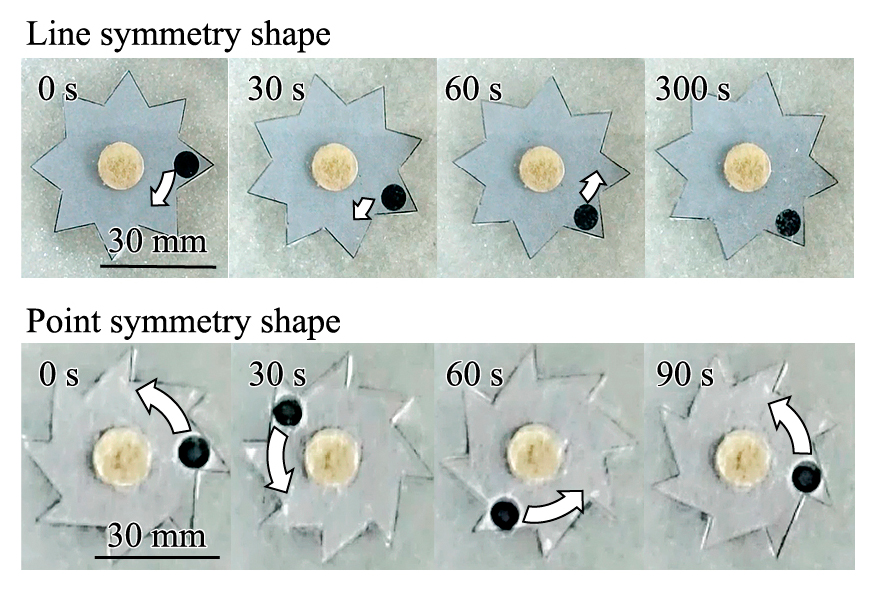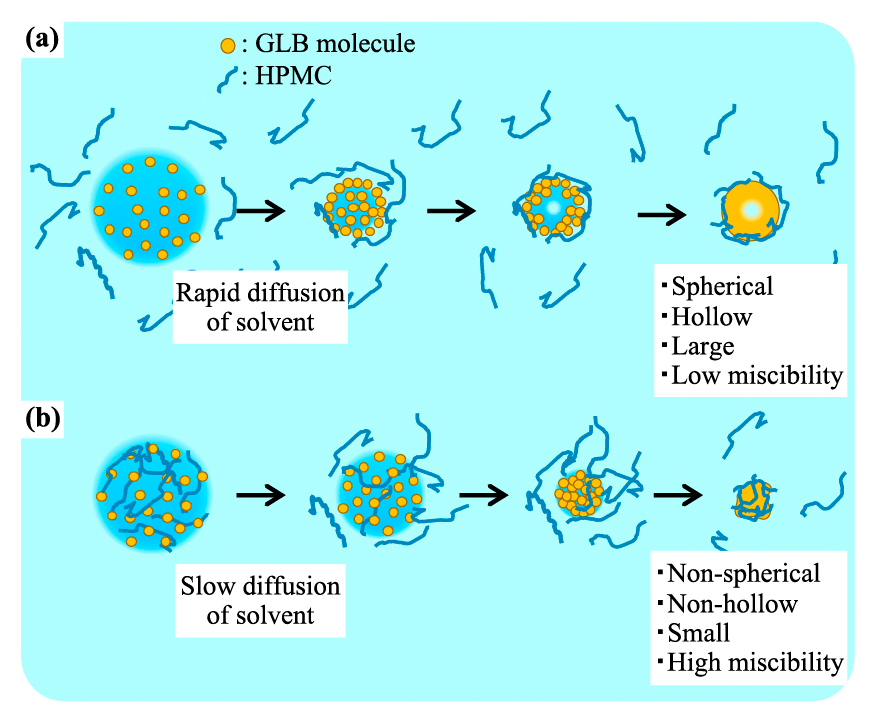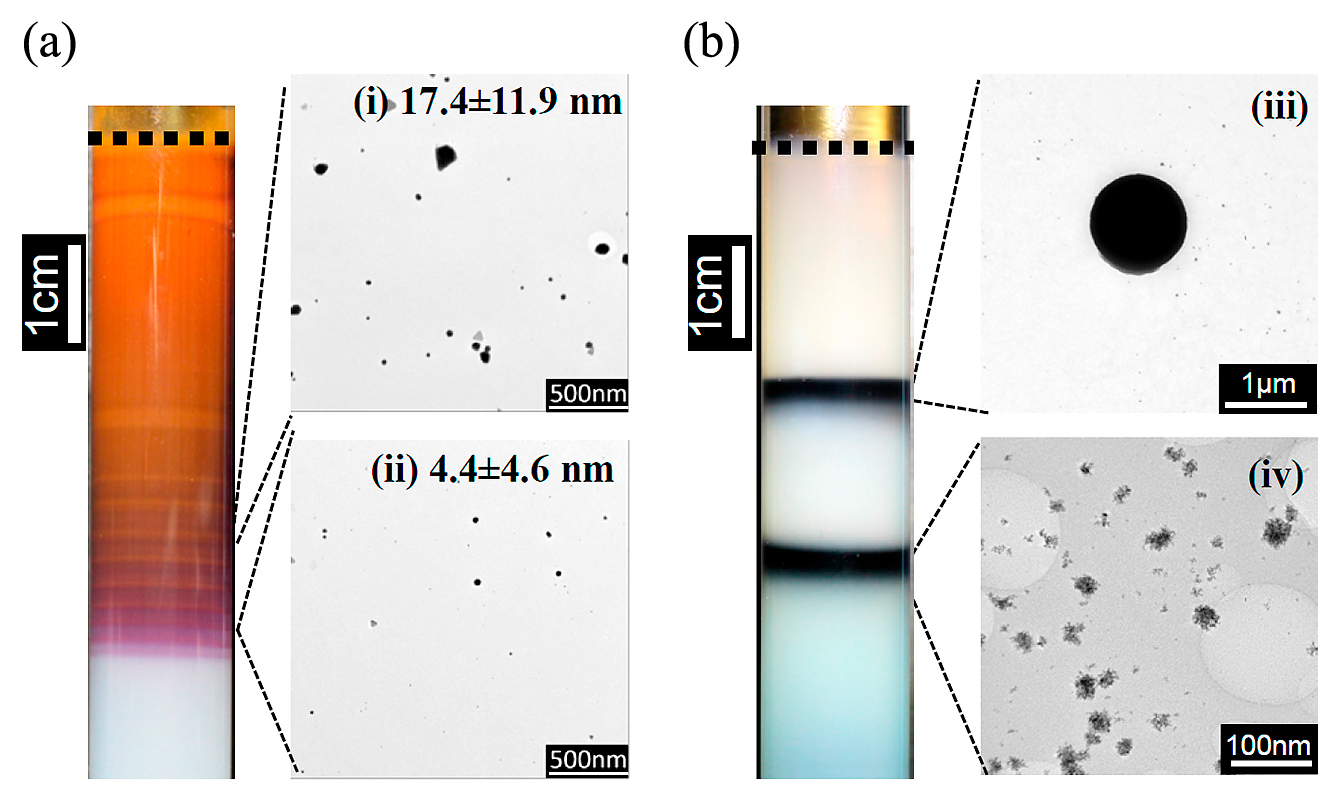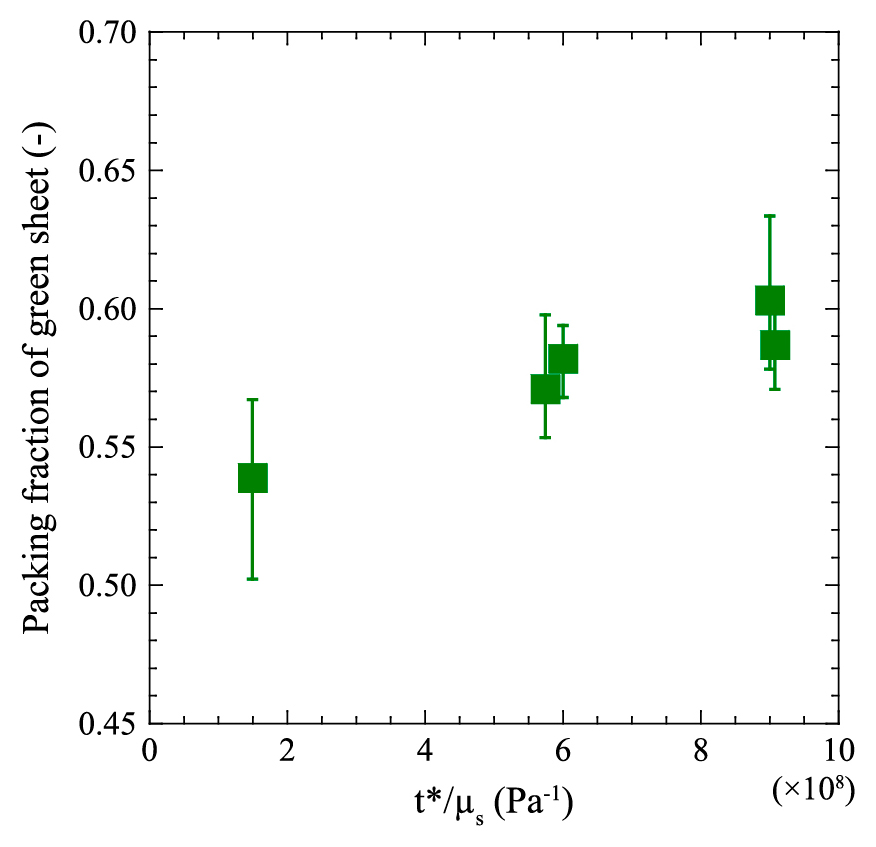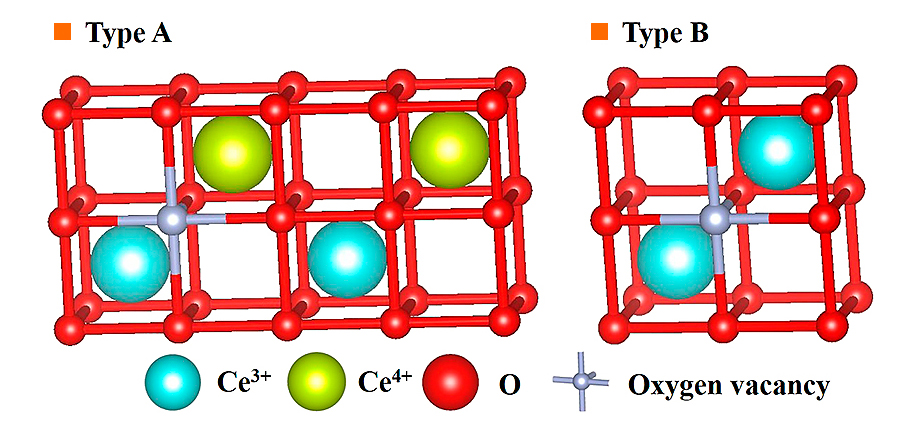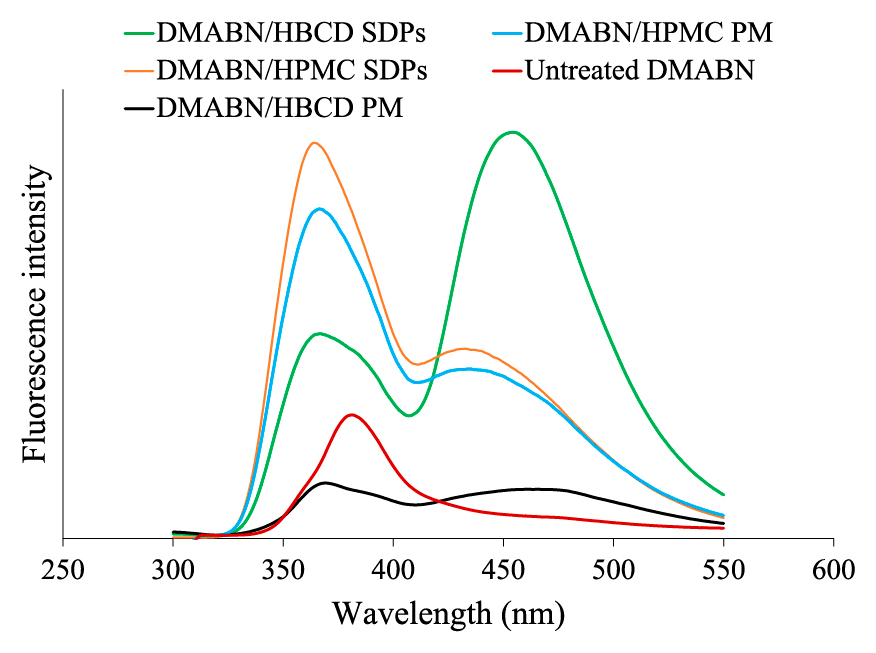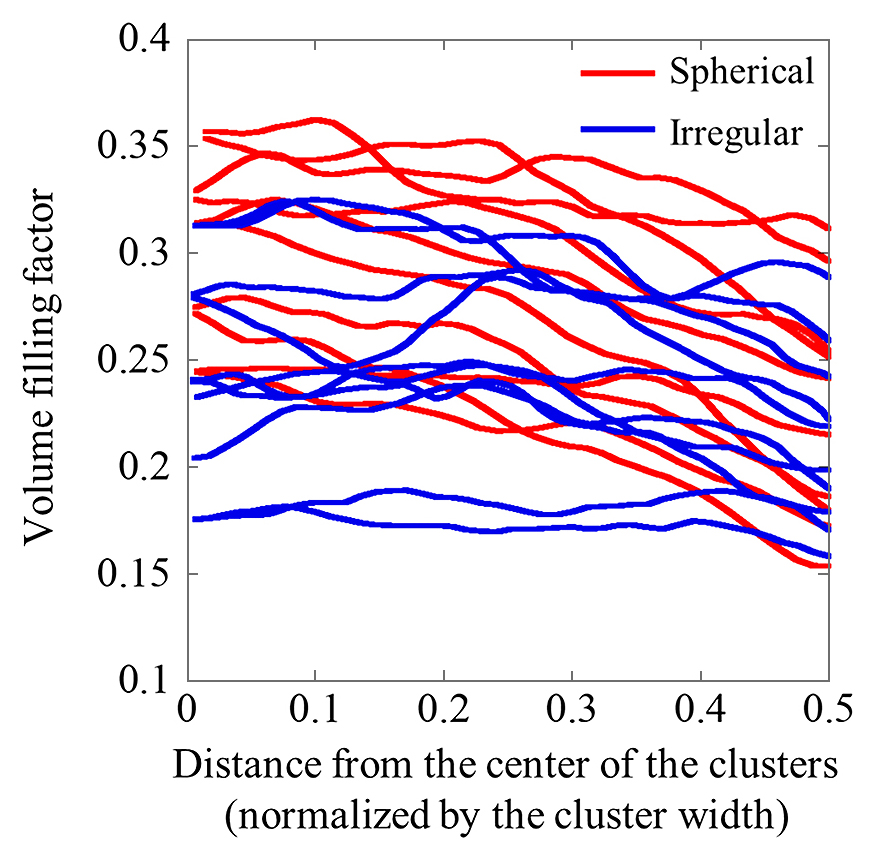Volume 27
Displaying 1-38 of 38 articles from this issue
- |<
- <
- 1
- >
- >|
Preliminaries
-
2019Volume 27 Article ID: 20190
Published: May 25, 2020
Released on J-STAGE: May 25, 2020
Download PDF (727K) -
2019Volume 27 Pages 1-2
Published: May 25, 2020
Released on J-STAGE: May 25, 2020
Download PDF (741K) -
2019Volume 27 Pages 3-10
Published: May 25, 2020
Released on J-STAGE: May 25, 2020
Download PDF (2694K) -
2019Volume 27 Pages 11
Published: May 25, 2020
Released on J-STAGE: May 25, 2020
Download PDF (736K) -
2019Volume 27 Pages 12-14
Published: May 25, 2020
Released on J-STAGE: May 25, 2020
Download PDF (840K) -
2019Volume 27 Pages 15-17
Published: May 25, 2020
Released on J-STAGE: May 25, 2020
Download PDF (785K)
Research Grant Report
-
 2019Volume 27 Pages 19-24
2019Volume 27 Pages 19-24
Published: May 25, 2020
Released on J-STAGE: May 25, 2020
Download PDF (2494K) -
2019Volume 27 Pages 25-30
Published: May 25, 2020
Released on J-STAGE: May 25, 2020
Download PDF (1148K) -
2019Volume 27 Pages 31-34
Published: May 25, 2020
Released on J-STAGE: May 25, 2020
Download PDF (3804K) -
2019Volume 27 Pages 35-41
Published: May 25, 2020
Released on J-STAGE: May 25, 2020
Download PDF (4837K) -
2019Volume 27 Pages 42-47
Published: May 25, 2020
Released on J-STAGE: May 25, 2020
Download PDF (1594K) -
2019Volume 27 Pages 48-52
Published: May 25, 2020
Released on J-STAGE: May 25, 2020
Download PDF (1136K) -
 2019Volume 27 Pages 53-57
2019Volume 27 Pages 53-57
Published: May 25, 2020
Released on J-STAGE: May 25, 2020
Download PDF (1115K) -
2019Volume 27 Pages 58-62
Published: May 25, 2020
Released on J-STAGE: May 25, 2020
Download PDF (1023K) -
2019Volume 27 Pages 63-69
Published: May 25, 2020
Released on J-STAGE: May 25, 2020
Download PDF (2420K) -
2019Volume 27 Pages 70-75
Published: May 25, 2020
Released on J-STAGE: May 25, 2020
Download PDF (7168K) -
2019Volume 27 Pages 76-80
Published: May 25, 2020
Released on J-STAGE: May 25, 2020
Download PDF (1940K) -
 2019Volume 27 Pages 81-86
2019Volume 27 Pages 81-86
Published: May 25, 2020
Released on J-STAGE: May 25, 2020
Download PDF (2428K) -
2019Volume 27 Pages 87-93
Published: May 25, 2020
Released on J-STAGE: May 25, 2020
Download PDF (1330K) -
2019Volume 27 Pages 94-100
Published: May 25, 2020
Released on J-STAGE: May 25, 2020
Download PDF (7506K) -
2019Volume 27 Pages 101-105
Published: May 25, 2020
Released on J-STAGE: May 25, 2020
Download PDF (1414K) -
 2019Volume 27 Pages 106-109
2019Volume 27 Pages 106-109
Published: May 25, 2020
Released on J-STAGE: May 25, 2020
Download PDF (1592K) -
2019Volume 27 Pages 110-114
Published: May 25, 2020
Released on J-STAGE: May 25, 2020
Download PDF (1722K) -
2019Volume 27 Pages 115-120
Published: May 25, 2020
Released on J-STAGE: May 25, 2020
Download PDF (2546K) -
 2019Volume 27 Pages 121-125
2019Volume 27 Pages 121-125
Published: May 25, 2020
Released on J-STAGE: May 25, 2020
Download PDF (1728K) -
2019Volume 27 Pages 126-132
Published: May 25, 2020
Released on J-STAGE: May 25, 2020
Download PDF (6706K) -
2019Volume 27 Pages 133-137
Published: May 25, 2020
Released on J-STAGE: May 25, 2020
Download PDF (1613K)
Young Researcher Scholarship Report
-
2019Volume 27 Pages 139-141
Published: May 25, 2020
Released on J-STAGE: May 25, 2020
Download PDF (1029K) -
2019Volume 27 Pages 142-144
Published: May 25, 2020
Released on J-STAGE: May 25, 2020
Download PDF (2152K) -
2019Volume 27 Pages 145-149
Published: May 25, 2020
Released on J-STAGE: May 25, 2020
Download PDF (2148K) -
2019Volume 27 Pages 150-153
Published: May 25, 2020
Released on J-STAGE: May 25, 2020
Download PDF (1347K) -
2019Volume 27 Pages 154-156
Published: May 25, 2020
Released on J-STAGE: May 25, 2020
Download PDF (911K) -
2019Volume 27 Pages 157-160
Published: May 25, 2020
Released on J-STAGE: May 25, 2020
Download PDF (1364K) -
2019Volume 27 Pages 161-164
Published: May 25, 2020
Released on J-STAGE: May 25, 2020
Download PDF (1495K) -
2019Volume 27 Pages 165-167
Published: May 25, 2020
Released on J-STAGE: May 25, 2020
Download PDF (1545K) -
2019Volume 27 Pages 168-172
Published: May 25, 2020
Released on J-STAGE: May 25, 2020
Download PDF (2155K) -
2019Volume 27 Pages 173-177
Published: May 25, 2020
Released on J-STAGE: May 25, 2020
Download PDF (2234K)
Conference Report
-
2019Volume 27 Pages 179-183
Published: May 25, 2020
Released on J-STAGE: May 25, 2020
Download PDF (8547K)
- |<
- <
- 1
- >
- >|
